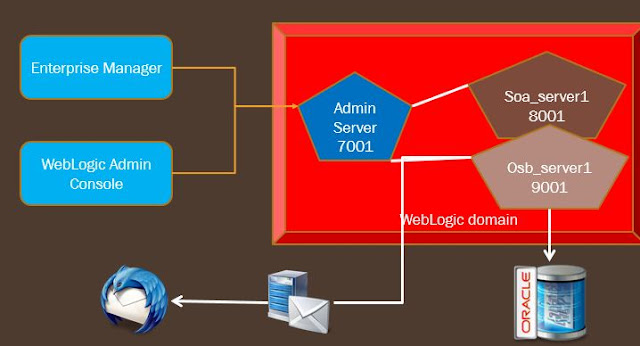Oracle SOA Platform Overview

Introduction to Oracle SOA Administration Latest version from Oracle we can see Oracle SOA 12c that is in the year 2014 or 2015. As every new release there are many challenges expected for the existing projects who already running with Oracle SOA 11g. For our learning purpose better exercise on 11g first then migrate to 12c would give more clearity on every component why we are using this way! Download Links: downloads.oracle.com You can download 3GB size .zip file for 12c which is more focused on cloud specific features. I like the one step to go - one file to download in 12c. Well most of the projects initiated with 11g and the stable version of Oracle SOA Suite is available as 11g. So, ready for any thing at the moment :) You can select previous version that is 11g from the download bottom link contains here select 11.1.1.7.0 SOA Practical environment for Development and Learning Labs ofm_rcu_linux_11.1.1.7.0_64_disk1_1of1.zip ofm_soa_generic_11.1...

